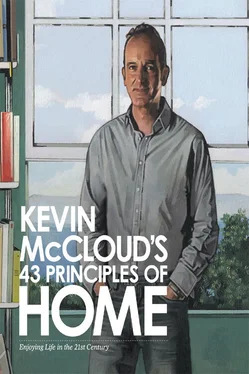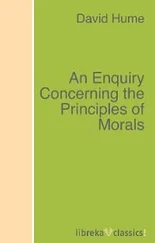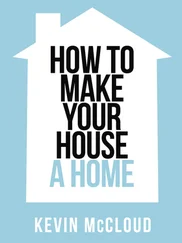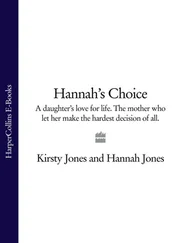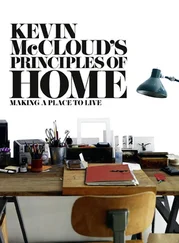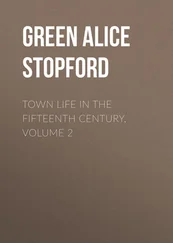This framework comprises 10 goals, which reach far beyond governments’ focus on carbon dioxide emissions, extend into every part of our lives and are based on an analysis of how we consume the world’s resources. They’re also very easy to understand: put simply, we have only one planet to support us, yet if everyone on the globe consumed as much and as fast as we do in the West, we’d need three planets to support us. Three planets of aluminium, forests, fish and fuel. But we have only one. There is no Planet B.
In the spirit of Brundtland, One Planet Living sets zero carbon as an objective and the great challenge of reducing our consumption of raw materials as another. It identifies waste, transport and food as problems. And it places mankind at the centre of its approach as not just the enemy of the environment but also part of that environment. We are not simply the problem; we ourselves are the victims. It is our species’ happy survival that is at stake. So we also need to be the solution. Through technological advance, science, culture change and inventiveness, human energy might just solve the environmental and population problems we face.
Here are the One Planet Living objectives:
1. Zero carbon
Making buildings more energy efficient and delivering all energy with renewable technologies.
2. Zero waste
Reducing waste, reusing where possible, and ultimately sending zero waste to landfill.
3. Sustainable transport
Encouraging low carbon modes of transport to reduce emissions, reducing the need to travel.
4. Sustainable materials
Using sustainable products that have a low embodied energy.
5. Local and sustainable food
Choosing low impact, local, seasonal and organic diets and reducing food waste.
6. Sustainable water
Using water more efficiently in buildings and in the products we buy; tackling local flooding and water course pollution.
7. Natural habitats and wildlife
Protecting and expanding old habitats and creating new space for wildlife.
All as you would expect really. (You have to forgive the repetition of the word ‘sustainable’. BioRegional’s words, not mine.) Except the list then goes on to talk about aspects of our lives that are much more qualitative and which introduce a human element as well.
8. Cultural heritage
Reviving local identity and wisdom; support for, and participation in, the arts.
9. Equity, fair trade and local economy
Inclusive, empowering workplaces with equitable pay; support for local communities and fair trade.
And, almost my favourite:
10. Health and happiness
Encouraging active, sociable, meaningful lives to promote good health and well being. 4
One Planet Living takes 10 areas of our lives where we can creatively change what we do and where those decisions aren’t necessarily restrictive but offer opportunities for an increase in the quality of our lives. If you’re put off by the idea of change, I can reassure you that change means incorporating affordable, meaningful strategies into your life, strategies like deciding to buy food seasonally, growing your own, cutting down on your travel, retrofitting your home to be more comfortable and better insulated. The kinds of changes that can be made even more easily if you live in a sustainable and ecological development—like those that my company, Hab, is building. This book, among other things, explores those strategies. This book puts human beings at the centre.
A few years ago, I wrote a preamble to the Little Book of One Planet Living, by Paul King and Pooran Desai, 5 in which I wrote:
If, like me, you despair of ever rising from the shallow mire of materialism, stop reading your credit card bills and instead read this enjoyable book… a rallying cry for the reintroduction of some ideas that we haven’t cherished for decades, perhaps centuries. Ideas like respect and value for how we treat the material world around us, both man-made and natural. Which is why, among the guidelines about how to save water with aerated taps or reduce your holiday carbon footprint, there are also sections about buying Fairtrade goods and buying local or regional produce. Things you can do that go beyond the basic ecomantra of ‘reduce, reuse and recycle’ and which are part of a wider ethical position that respects not just the planet and its ecosystems but human energy and human systems too. These ideas aren’t radical; they haven’t got greasy unwashed hair. They’re just sensible and thoughtful and expedient. And in practice they can make our lives more rewarding and satisfying. More civilized.
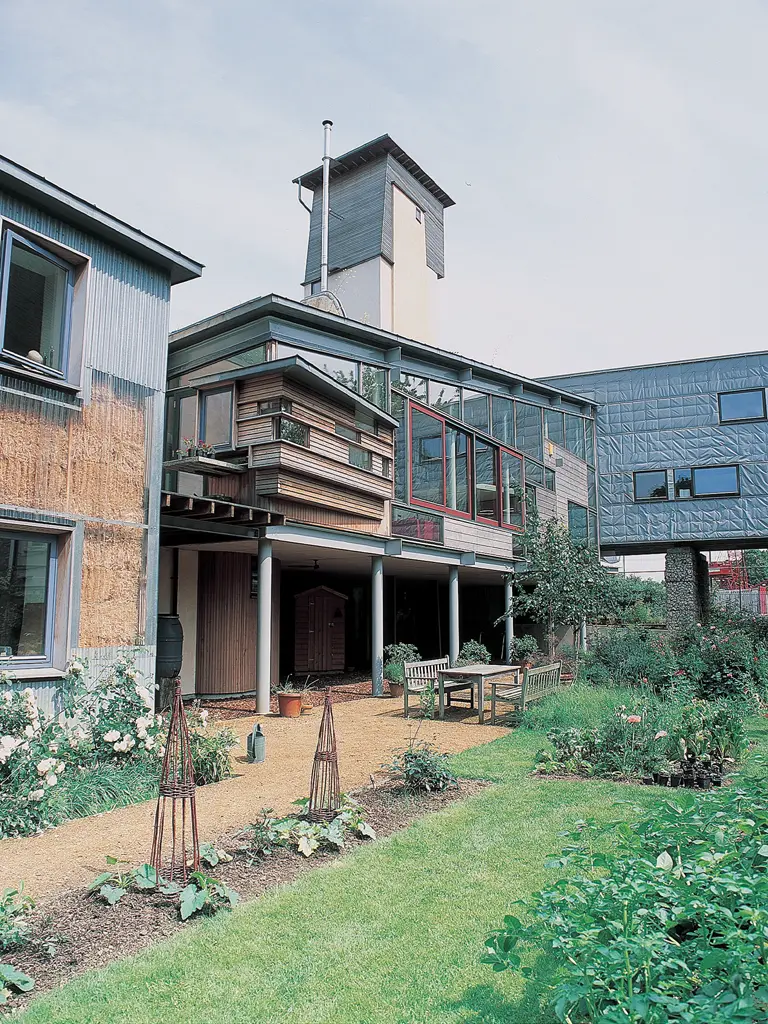
It was that volume that started me off on the journey to write this one. I hope my book will help you value the material world in a different, fuller way. I hope that as you read it, you’ll begin to wonder where it was made, who by and how much paper, ink, solvent, glue, machine maintenance, shipping, packaging, handling and energy it took to make it; how much time, effort and care were spent by the dozens of people who were involved with it. And I hope that, as well as awakening your curiosity, it will give you the tools for minimizing our detrimental impact on the environment and on other human beings: the tools of wasting less (or wasting nothing), saving fuel energy, exploiting what we have to hand, respecting craftsmanship, reusing the resources and made things that we already have, and sharing them more.
This book is a collection of four stories, narratives that are part fictional and part autobiographical. Each forms the spine to the four parts of the book and from each spring a number of smaller, more factual chapters. Threading throughout the entire book are the 43 Principles of Home, memorable ideas which I’ve collected or formulated over the past thirty years, drawing inspiration from the best of Le Corbusier, Vitruvius, William Morris and Homer Simpson. First though, here’s a little test.
Q: Which is the most eco-friendly car in this list?
A Toyota Prius
A 1937 Alfa Romeo tourer
A Ferrari
A 37-year-old Bond 875 (my first car)
The Innocent Smoothie van
An Aston Martin DB9
A Range Rover
You might plump for the Prius as the angel of the pack and the Range Rover as the devil.
Let me ask you another question: if you had the money, would you commission a small firm of English cabinet-makers to make you a bespoke, crafted piece of furniture? Or buy a cheap copy from the Far East? Well, the more ethical solution has to be the former: it’s a local transaction, it involves much less shipping, it creates relationships between the makers and the owner. The automotive equivalent is buying an Aston Martin over a Toyota Prius.
Surely this is rubbish. The Prius emits 145 grams of carbon per kilometre while the Aston emits nearly 500. But even these figures are meaningless. Who is the biggest environmental sinner? The man who drives his Prius 20 miles to and from work each day? Or the man who travels 50 miles on the train? Or the man who owns an Aston Martin and walks across his yard to his office and drives his car at weekends only? It’s probably the Prius driver.
This is just an exercise to point out that whatever you think of executive SUVs, hybrid cars and GT sports cars, calculating the environmental impact of these vehicles is very complex and ultimately dependent much more on how we use our vehicles than how big their engines are or where they were built.
Читать дальше
